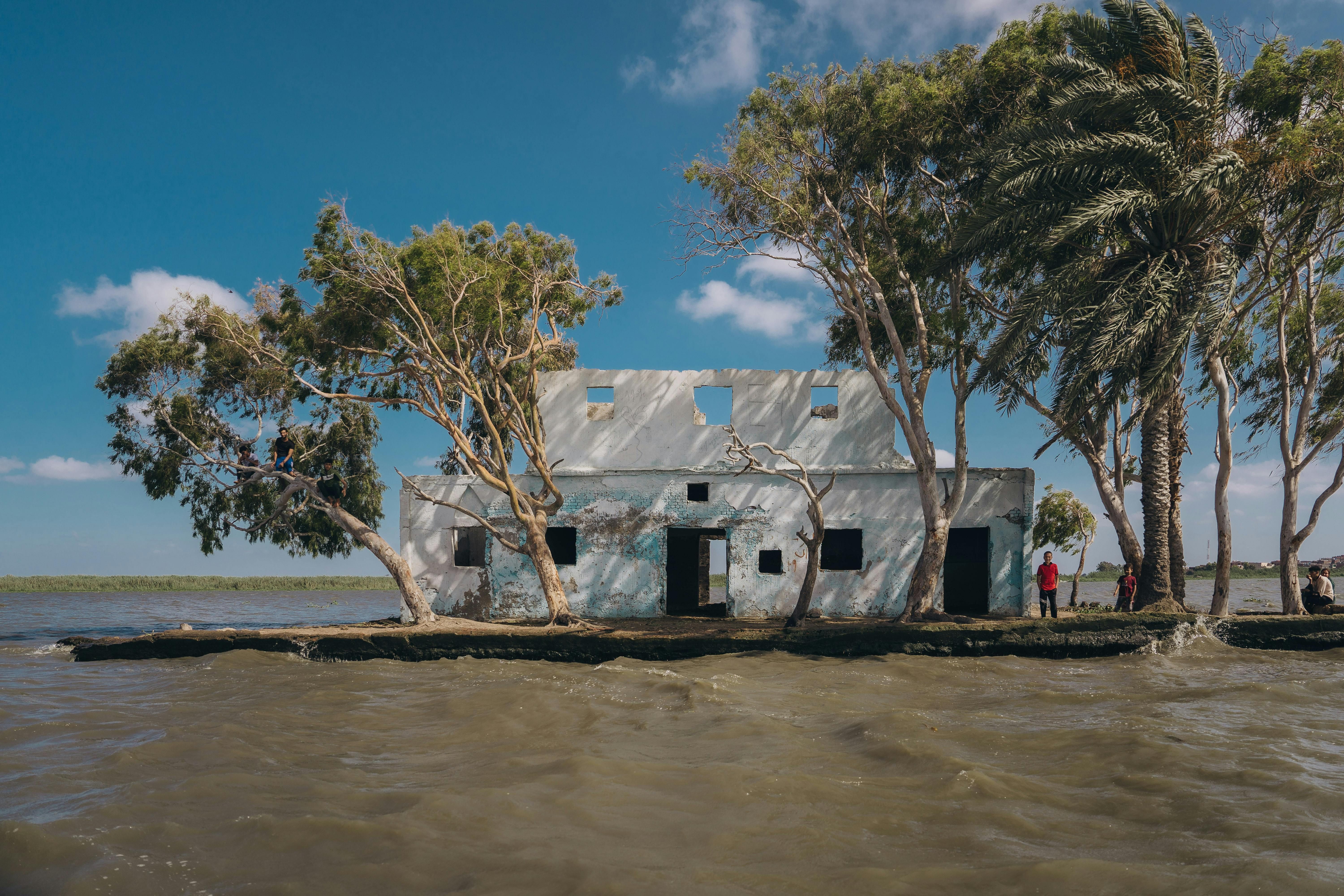Rhine River Floods and Shipping Restrictions in Rhineland-Palatinate
Recent rainfall has caused a rise in river levels across Rhineland-Palatinate, leading to restrictions on shipping traffic on the Rhine. A spokeswoman from the Directorate-General for Waterways and Shipping confirmed this on Tuesday, warning of impending high water marks and necessary pauses in shipping traffic.
The Maxau gauge is expecting to reach high water mark II on Wednesday afternoon, following which shipping will have to be halted for that section. A potential flood, occurring every five years statistically, could follow on Thursday. On Tuesday, ships had to travel at reduced speeds and navigate the center of the river due to the flood conditions advertised by the Rhineland-Palatinate Flood Forecasting Service.
Rainfall in the Black Forest and Switzerland has resulted in sharp increases in water levels on the Upper Rhine. This trend continued on Tuesday night, with steep rises in water levels on the Nahe and Glan rivers. At the small tributaries in the upper reaches of the Glan and Nahe gauge in Nohfelden, maximum levels akin to a two-year flood were reached at midnight.
Water levels have also risen in tributaries of the Rhine, Moselle, Neckar, Lahn, and Saar. Maximum levels of 6.50 meters are expected at the Trier gauge on Thursday, although it falls far below a two-year flood.
Environment officials in Rhineland-Palatinate have assured that while a two-year flood is a possibility in some areas, the forecast remains within the "normal flood framework." The upcoming high water mark II at the Maxau gauge on Wednesday necessitates suspending shipping traffic on that section. Adhering to reduced speeds and staying in the center of the Rhine is necessary for shipping companies in flood conditions.
Insights: Hydrographical factors and changing weather patterns are causing challenges in Rhineland-Palatinate, putting strain on vital shipping routes, and impacting logistics of commodities such as grains, minerals, coal, and oil products. While higher water levels have alleviated some disruptions, low water levels in northern and central areas still hinder cargo vessel sails, making them sail at reduced capacity or halt operations altogether, resulting in surcharges on freight rates and delays for cargo owners.
[1] M. Fröhle, M. Burkhardt, A. Seiss, and E. M. von Bielenberg, "Water Level Forecasting and Integrated Flood Risk Management in the Rhine River System," Journal of Flood Risk Management, vol. 11, no. 6, 2018, pp. 1165-1181, doi: 10.1111/jfr3.12318.
[3] L. Kuebler, "Lower Rhine Shipping: Solving Challenges with Adaptive Measures," European Transport Policy and Practice, vol. 22, no. 4, 2018, pp. 331-342, doi: 10.1080/1465992X.2018.1457792.





